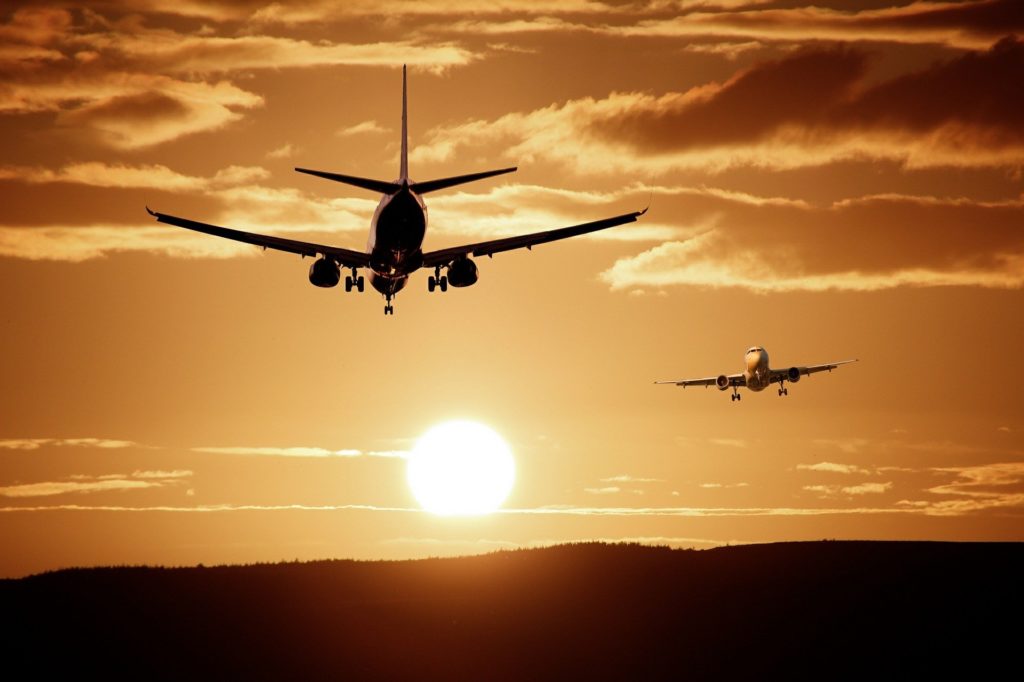
A member of the International Federation of Functional Training, speaker of international congresses, talks about which exercises will help relieve stress and remove swelling after the flight.
During the long-awaited summer holidays, long-distance flights are waiting for many. For most people, flying over a long period is an ordeal, but the inevitable stress can be significantly reduced with simple steps. Using these tools, you will be able to move the road comfortably and have a great rest, as well as quickly recover. In order not to miss anything and not to experience unnecessary stress, create a checklist and just follow it. This will help you reduce stress. When leaving for the airport, add extra time so you don’t be late. Acting in a hurry makes us very nervous. When you are comfortable in your seat on the plane, try to relax. Pay attention to how your feet are standing. Both feet should be on the floor. This will allow you to fully utilize anti-stress diaphragmatic breathing, which will further help avoid swelling and unnecessary anxiety. Pay attention to breathing. Place your hands on your waist and try to track how your hips, stomach and lower back move.
In this case, the shoulders should not rise up. Breathing should be slow and deep. A full, long, calm exhalation will ensure optimal functioning of the parasympathetic nervous system, which is responsible for your peace and safety. This technique will help most people move from a state of stress to a state of calmness. To get the most out of your flight, do the following exercise:
1. Place your hands behind the back of your head, with your head resting on your intertwined fingers.
You should feel the hardness of the skull with your fingers, and the bones of your fingers with the back of your head. If your shoulder is squeezed and you cannot raise both hands behind your head, one hand is enough – fingers and palm should touch both sides of the back of the head.
2. Without turning your head, look to the right – as far as you can without feeling uncomfortable. Move only with your eyes. Continue looking to the right.
3. After a while – 30 or even 60 seconds – you will swallow, yawn or inhale. This is a sign of relaxation in the autonomic nervous system (normal inhalation is followed by exhalation, but inhalation is different: inhalation is immediately followed by another inhalation before exhalation).
4. Look straight ahead again.
5. Leave your hands in place, keep your head still. Now look to the left.
6. Look to the left until you swallow, yawn, or inhale.
Evaluate the result: whether breathing has changed, whether the state has changed.
No matter how trite, but slow deep breathing, correct posture, straightened shoulders and a smile work wonders! In addition, you should not drink alcohol before the flight, because this is an additional load on blood vessels during takeoff and landing, which can be hazardous to health.




